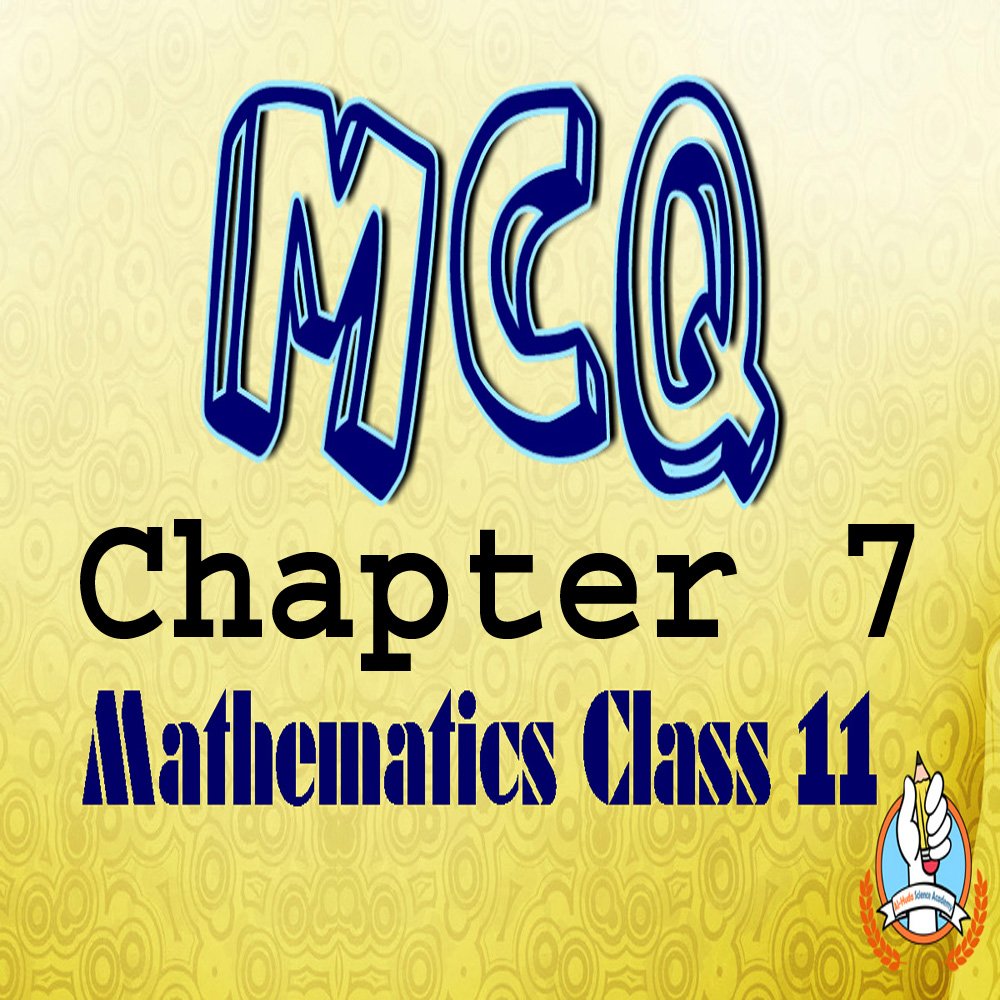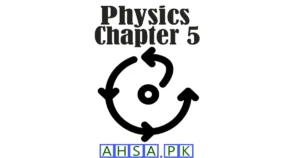Al-Huda Science Academy is focusing not only on short questions and long questions but also on Math Chapter 7 MCQs Class 11. Entry Tests required a lot of effort on Multiple Choice Questions that should be of conceptual in nature. The users can participate without login to MCQs test. All MCQs are taken from the past papers of Punjab Boards including Bahawalpur Board, DG Khan Board, Faisalabad Board, Gujranwala Board, Lahore Board, Multan Board, Rawalpindi Board, Sahiwal Board and Sargodha Board.
Chapter 7 of F.Sc/I.Cs Part 1 Math is based on Number System.
Math Chapter 7 MCQs Class 11
Results

Congratulations….
You have secured more than 70% to pass the test.
#1. A particular outcome of sample space is called:
#2. The permutation of the things that can be represented by the points on the circle is called:
#3. The factorial of positive integer n is n ! =
#4. n^C8 = n^C12 then n is
#5. If the probability of an event occur is P(E) then the probability of event dose not occur is:
#6. By evaluating 4! 0! 1! We will get:
#7. There are 5 green and 3 red balls in a box, one ball is taken out, the probability that the ball drawn is yellow is:
#8. What are the number of diagonals of a 6-sided figure?
#9. n^Cn is always equal to:
#10. n different objects can be arranged taken all at time is:
#11. In how many ways of 5-digit numbers that can be formed form the digit 1,24,6,8 when the digits 2 and 8 are next to each other?
#12. Probability of an event can never be greater than:
#13. The letter of the word ” FASTING” taken all at a time can be written in:
#14. If two events A and B dose not influence the occurrence of each other then they are called:
#15. If A and B are disjoint events then P(A∩B) = _______.
#16. How many signal ca be given by 5 flags of different colours, using 3 flags at a time?
#17. Generally, permutation of n different objects taken r ? n at a time is denoted by.
#18. The number of words that can formed from the letters PLANE when no letter is repeated is:
#19. 5 persons can be seated at a round table in:
#20. If a sweet is taken from a bag containing orange flavour sweets the probability of drawing lemon flavoured sweet is:
#21. The factorial notation was introduced by:
#22. The number of 3-digit numbers formed by using each of the digits 2,3,5,7,9 only once is:
#23. If 11^pn = 11.10.9, what is the value of n?
#24. The probability of getting an odd number in throwing a die once is:
#25. What is the probability that a slip of numbers divisible by 4 are picked form the slips bearing numbers 1,2,3,……….10?
#26. (n+1)!/(n-1)! = _____.
#27. If (n+1)!/3!(n-2) and (n+1)!/5!(n-r)! are in ratio 10: 3, then n =
#28. The numerical evaluation of a chance that a particular event will occur is called:
#29. n^Pn is always equals to:
#30. n! can be written as:
You can comment below or contact us anytime about your queries.
Ahsa.pk has also launched question area where you can ask any question related to any field of your interest.









